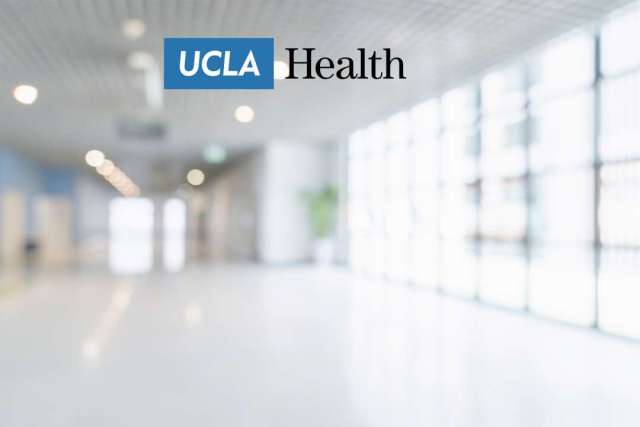Drive the length of Alpine County in northeastern California and you will see snow-covered peaks, alpine meadows and verdant forests. What you won't see: a dentist.
Alpine County has no actively practicing dentists. In San Benito and Inyo counties, there is one dentist for every 5,000 residents. Imperial and Colusa counties have one for every 4,000 residents.
In contrast, San Francisco County has 6.1 licensed dentists for every 5,000 residents, and neighboring Placer County and Marin County have 5.2 and 5.0 per 5,000, respectively.
The differences demonstrate that "if you don't live in a city or a major urban area, you may have a long drive to treat a toothache," said Nadereh Pourat, director of research planning at the UCLA Center for Health Policy Research and the author of a new fact sheet on dentists in California, "Distribution and Characteristics of Dentists Licensed to Practice in California, 2008."
The fact sheet quantifies the number of dentists statewide and in each county, as well as the proportion of dentists to residents and the number of areas where shortages of dentists exist.
Pourat found that California has nearly 32,000 licensed dentists, or approximately 14 percent of the total number of dentists nationwide — the largest percentage of any state.
California also has 233 dental health professional shortage areas (DHPSAs). These are smaller areas within counties that have a dentist-to-population ratio of one-to-5,000 or less, or that have a population with unusually high needs or insufficient capacity for care among existing dentists.
"There's a lot of demand and not a lot of dentists," Pourat said. "And if you have to travel an hour to see a dentist, that's a serious obstacle to care."
Shortage areas are further challenged by a growing wave of retirement-age dentists. Statewide, only 15 percent of active dentists received their license within the past five years, while 20 percent have been licensed for 30 or more years.
Among the other findings:
- Los Angeles County has the largest total number of licensed dentists, with 7,854, but also the largest number of dental health professional shortage areas, with 37.
- Dentists in rural counties more often divide their time between multiple locations. This may mean longer wait times to see the dentist in some areas.
- Many rural areas do not have access to dental care provided in publicly funded community clinics. In those areas, free or low-cost dental care may not be available.
- 45 percent of newly licensed dentists are female. This is a significant change in dentist demographics: Only 4 percent of dentists nearing retirement are female.
Funding for this fact sheet was provided by the California HealthCare Foundation, an independent philanthropy committed to improving the way health care is delivered and financed in California.
The UCLA Center for Health Policy Research is one of the nation's leading health policy research centers and the premier source of health-related information on Californians.
For more news, visit the UCLA Newsroom.
Media Contact:
Gwen Driscoll
Gwen Driscoll



